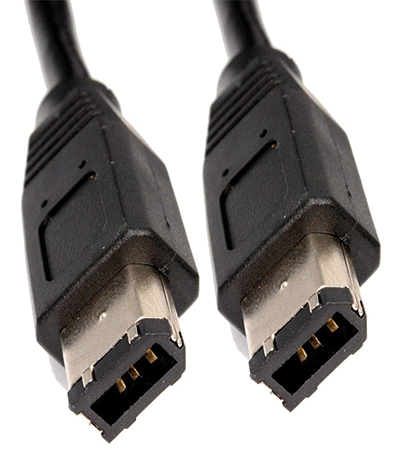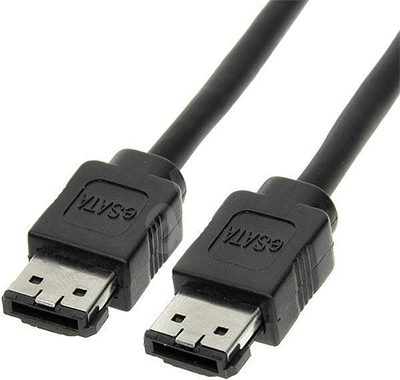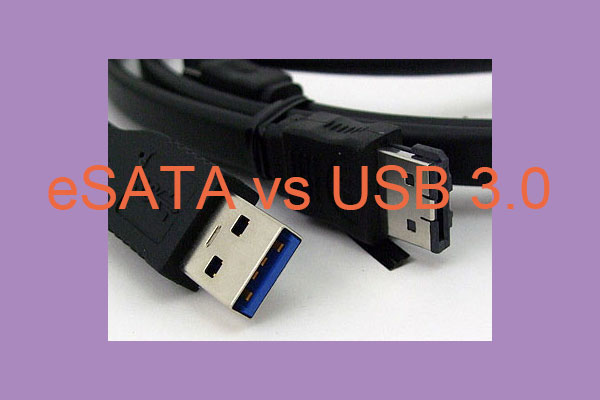What is the difference between a flash drive and a USB drive? Nowadays, many people ask this question. If you also can't distinguish them, you can read this post, in which MiniTool Partition Wizard introduces them and their differences to you.
Introduction to Flash Drive and USB Drive
What is a flash drive? Flash drive is a miniature high-capacity mobile storage product that uses flash memory as a storage medium and does not require a physical drive. It supports USB, IEEE1394, E-SATA and other interfaces.
The flash disk is small in size and light in weight, and is particularly suitable for carrying around. The flash drive has no mechanical device, and its seismic performance is extremely strong. In addition, it also has the characteristics of moisture and magnetism resistance, high and low temperature resistance (-40°C ~ +70°C), etc. It is very safe and reliable.
What is a USB drive? USB (universal serial bus) drive is a type of flash drive. It has all the features of the flash drive, for example, it’s plug and play, easy to carry, and does not require a physical drive. However, only flash drives with an USB interface can be called USB drives.
What Are the Differences Between SD Card VS USB Flash Drive?
Flash Drive vs USB Drive
What is the difference between a flash drive and a USB drive? After reading their introductions, you may have a general understanding of them. Flash drive is a wider term than USB (flash) drive. Flash drive uses various interfaces like USB, IEEE1394, E-SATA, etc., while USB drive only uses USB interface.
Now, let’s have a look at these interfaces:
1. USB interface
USB is a serial bus standard that connects computer systems and external devices. It is also a technical specification for input and output interfaces. This interface is widely used in information and communication products such as personal computers and mobile devices, and extends to photography equipment, digital TV (set-top boxes), game consoles and other related fields.
The latest generation is USB 4.0, with a transmission speed of 40Gbit/s.
What Is U Disk & the Main Differences with USB Flash Drive
2. IEEE1394 interface
The IEEE1394 interface is a serial standard developed by Apple, which supports hot swapping of peripherals, can provide power for peripherals, can connect multiple different devices, and supports synchronous data transmission.

Compared with the USB interface, in the early USB1.1 era, the IEEE1394 interface occupies a great advantage in speed. But after the introduction of USB2.0, the speed advantage of the 1394 interface is no longer so obvious.
At the same time, most mainstream computers are not equipped with a 1394 interface. To use it, you must purchase the relevant interface card, which adds additional expenses. Nowadays, the IEEE1394 interface is mainly used on military aircrafts, NASA’s space shuttles, and some cameras.
3. E-SATA interface
E-SATA (External Serial ATA) is an external expansion specification for SATA interface. In other words, it is the “external” version of SATA, which is used to connect external rather than internal SATA devices.

This interface supports hot swapping and is faster than USB2.0 and IEEE1394. However, due to the continuous development of USB, and the defect that eSATA interface does not provide power for connected devices, E-SATA has gradually been eliminated.
After comparing flash drive and USB drive, you will find that the two items have many things in common. When you plan to buy a portable drive, you just need to USB flash drives.


User Comments :